U.S. Army Vietnam War Bourbonnais, IL Flight date: 09/16/21
By Frank Hauenschild, Honor Flight Chicago Veteran Interview Volunteer
Ray grew up in the Pullman area of Chicago with his parents, Ray and Pauline, and with his brothers and sisters. He attended Fenger High School from 1962 to 1966. While in high school, Ray joined the JROTC following the military background of his father, Ronald, who served in the Army during World War II. In JROTC, he and other JROTC members attended classes which included various exercises in discipline, leadership activities and associated drills.
During his high school years, he met his future wife, Christine. Ray recalled the years he was courting Christine, he would walk from his home in Pullman to her home in Calumet Park, Illinois, which was approximately five miles, just to see her. Ray doesn’t regret making those walks, but he recalled the miserable times in winter, especially during snowstorms. “I would get cleaned up to walk to Christine’s and by the time I got there, I would be soaked to the bone. I would get dried up a bit and then return back home.”
Following his graduation from Fenger in 1966, Ray worked for Saxon Paint Company, located in the Roseland area. Ray and Christine’s relationship flourished, and they became engaged. Christine, along with her mother, began making plans for their wedding. These wedding plans were dashed when Ray received his draft notice from Uncle Sam. He reported for induction on March 1, 1968, in Chicago. Ray received a brief physical exam, immunizations and was placed on a bus to Fort Leonard Wood, MO. Ray recalled that he was one of 50,000 inductees that were drafted from the Chicago area at that time.
Completing Basic Training, it was time for graduation. Ray was fortunate to have Christine attend his graduation and her entrance to the graduation grounds was exceptionally unique. Christine had boarded an Ozark Airline flight and traveled to Waynesville-St. Robert Regional Airport, located at Fort Leonard Wood. From the airport, she and others who were there for the graduation, would take a shuttle bus to the base. The first shuttle bus filled before Christine could board so she waited alone for the next one. Shortly after beginning her wait, a General arrived at the airport and he inquired as to why she was at the airport alone. She told him she was attending the graduation of her fiancé. Christine related that the General told her to follow him and they took a short walk to his limousine. As the General approached the limousine, his driver exited the vehicle and the General spoke to him briefly. The next moment, the driver moved to the side of the limousine, opened the door for Christine and informed her that he was ordered to drive her to the graduation grounds.
Ray, being in formation for graduation with his peers, recalled seeing the limousine drive up to the grounds. A few comments were made as to the importance of the visitor attending graduation. As the driver exited the vehicle and opened the door, Ray was shocked when he saw Christine exit the limousine and join the other families on the parade grounds. Ray was totally surprised and could not wait to hear the story behind Christine’s arrival.
From Fort Leonard Wood, Ray reported to Fort Belvoir, Virginia for his Advanced Individual Training. During his six-week training class on generators, he developed a severe cough and was ordered to the infirmary. He tried to avoid being removed from the class due to illness as he did not want to retake the class, however, the base doctor informed him that his right lung was filled with fluid and that he had “walking pneumonia.” He was done with the class for the time being and spent three weeks at Walter Reed Hospital. Following his recovery, Ray began his second generator class at Fort Belvoir.
After completing his generator class, Ray was given a thirty-day leave and he called Christine. Knowing he would be shipping out to Vietnam, they decided to get married. Christine and her mother had three weeks to plan the wedding. So instead of the elaborate wedding they had originally been planning, a small family wedding took place on August 31, 1968.
Newly married, Ray departed for Oakland, California before leaving for Vietnam. Boarding a commercial carrier, he traveled to Alaska, then to Japan, and finally landed at Bien Hoa Air Base in South Vietnam. Reporting to Bearcat Base, which was near Bien Hoa, Ray spent two weeks acclimating to the South Vietnam climate and military presence in the area.
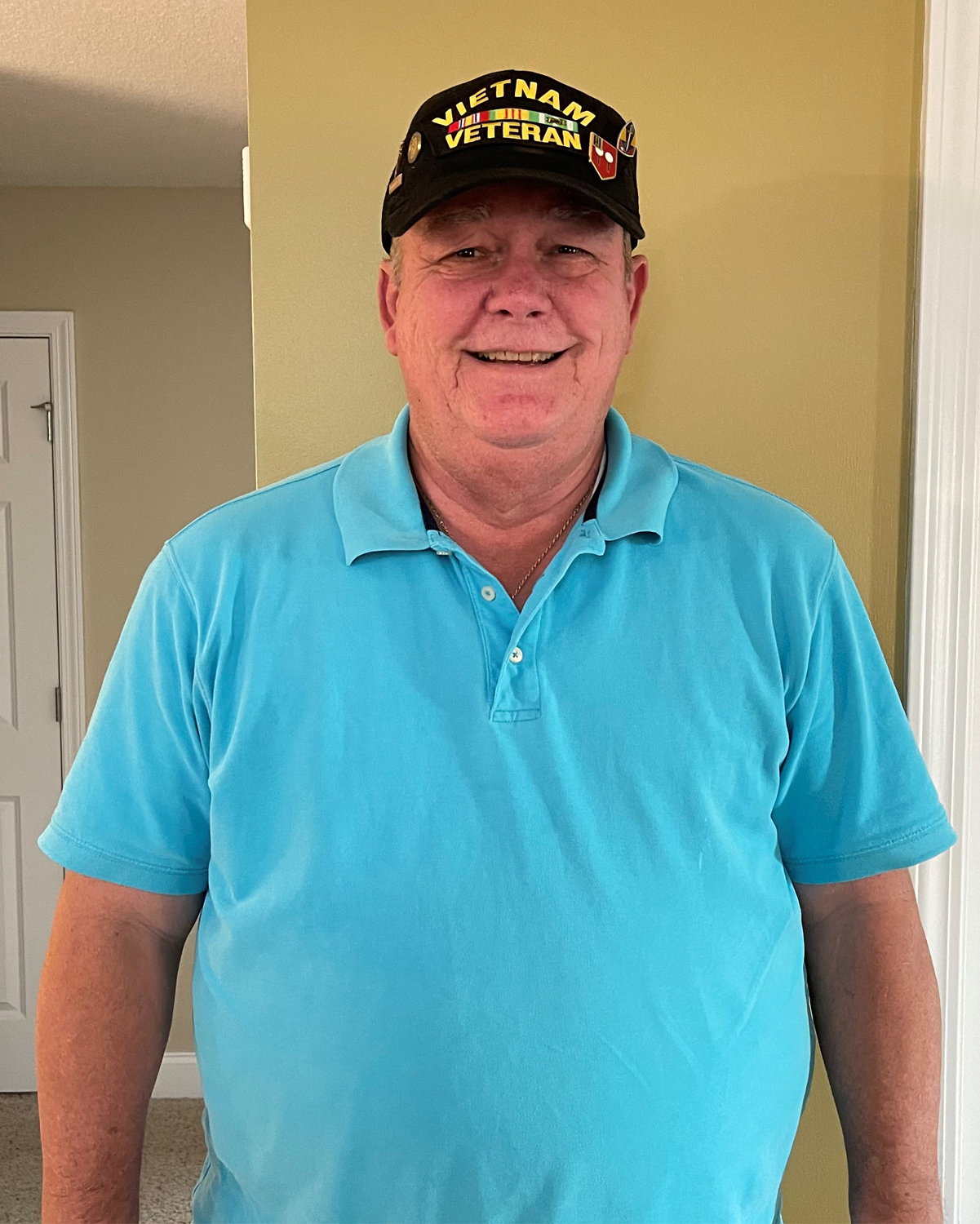
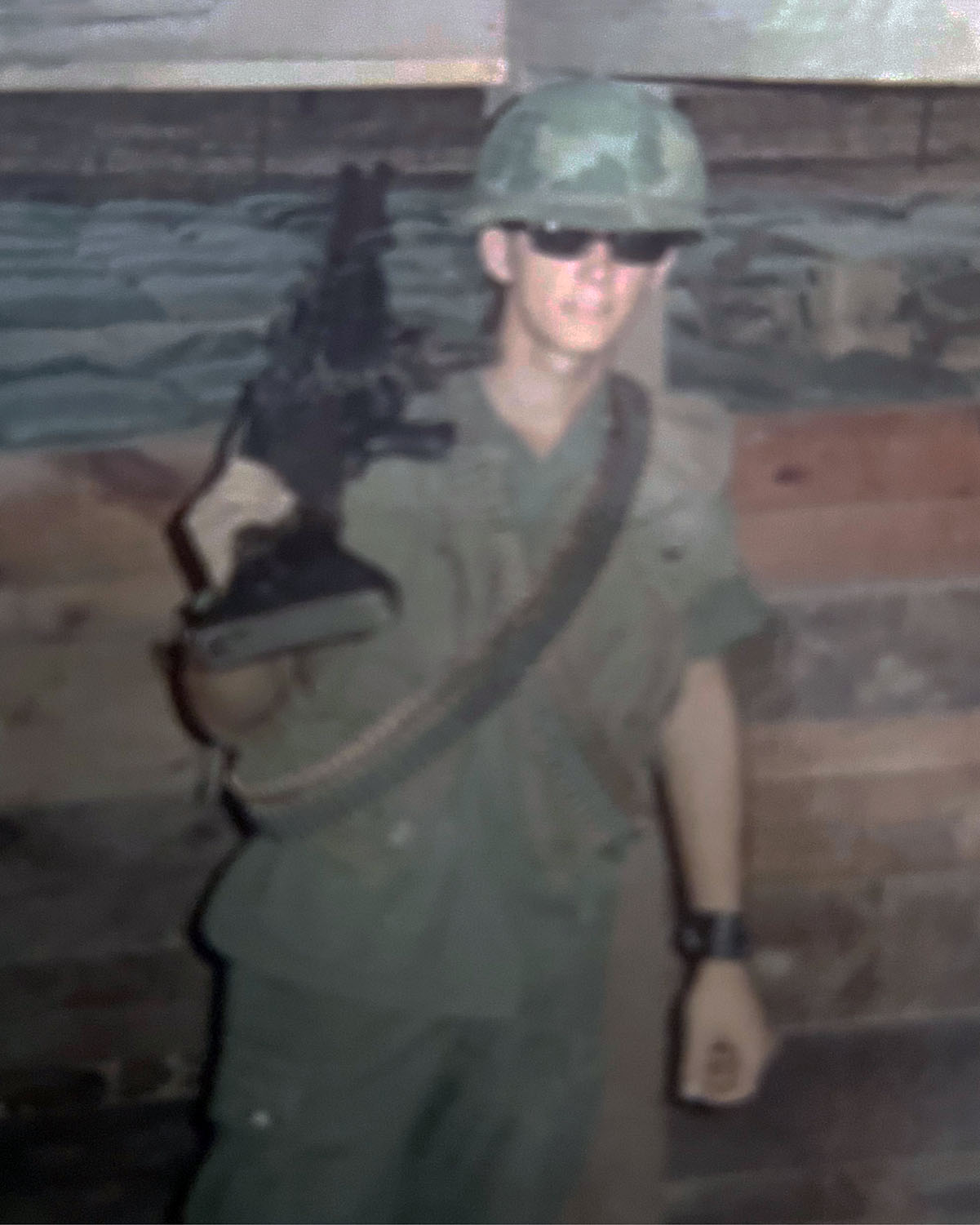
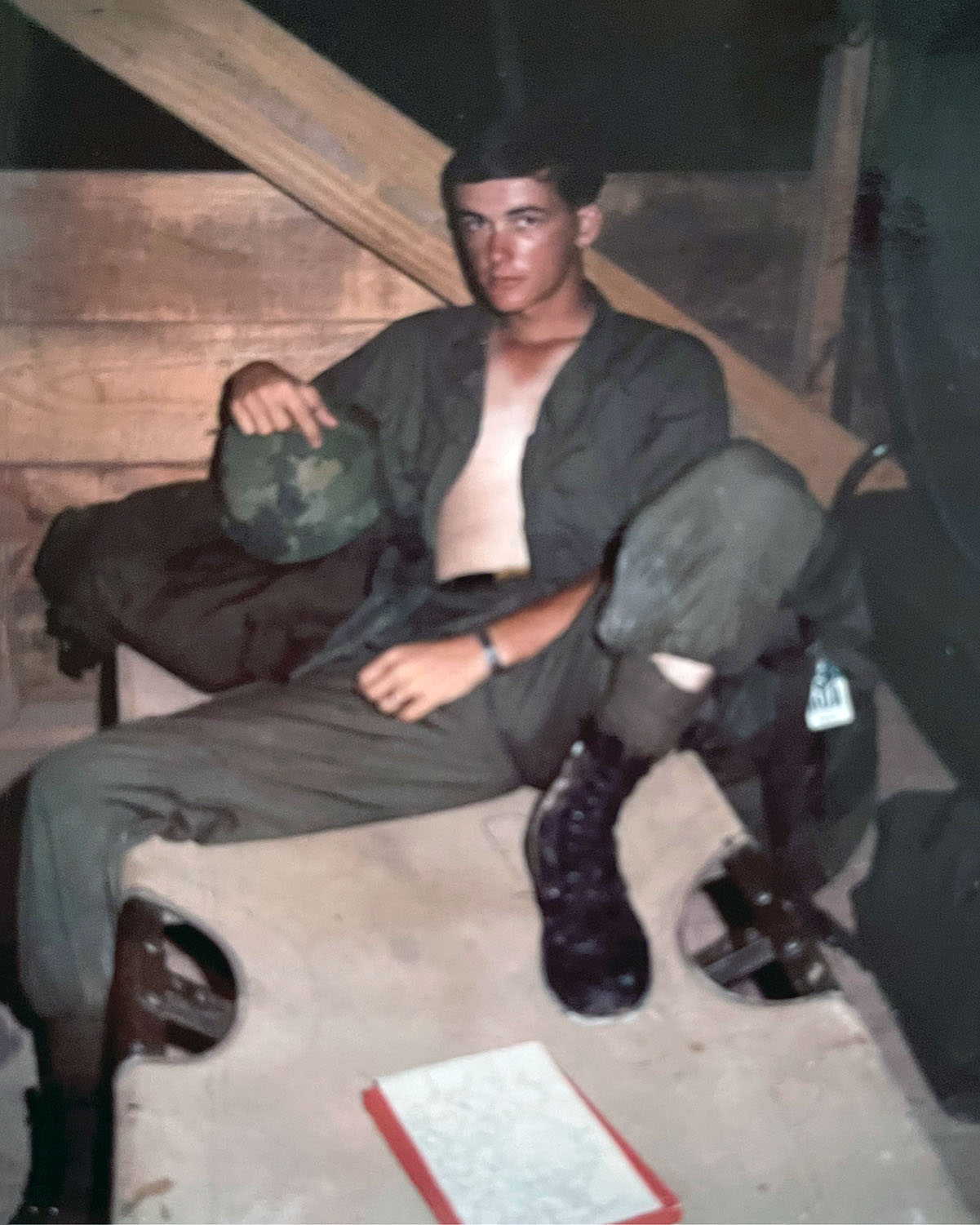
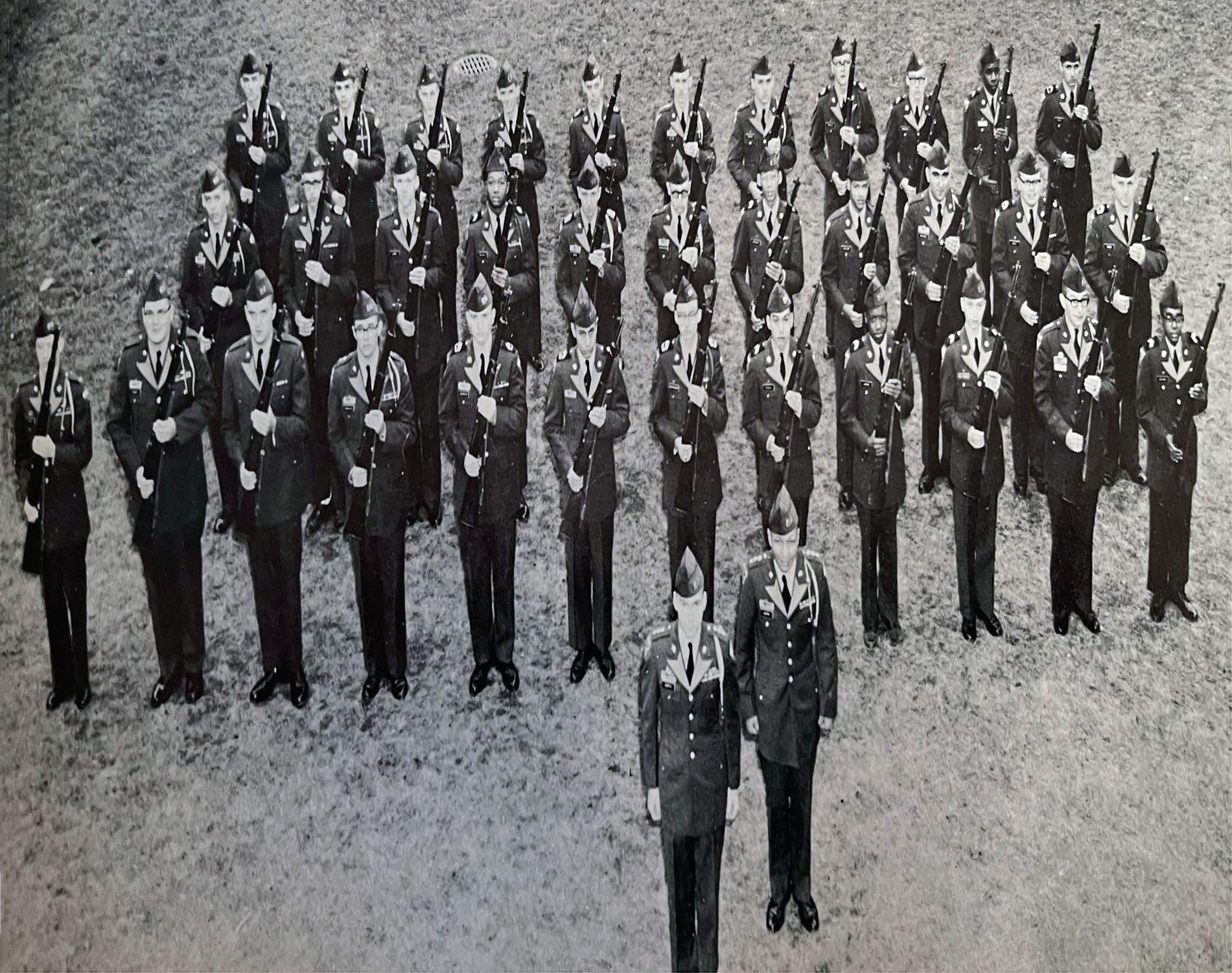
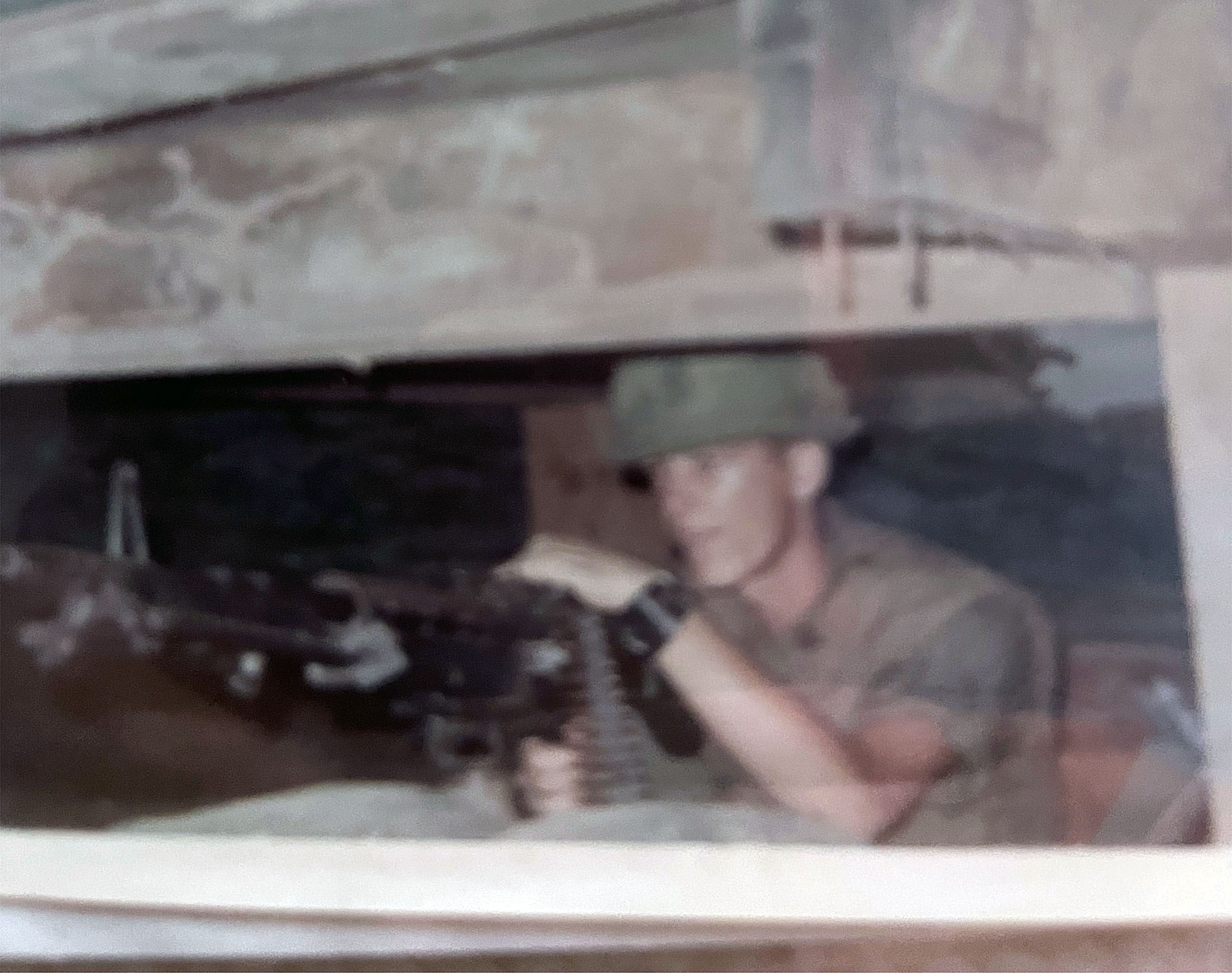
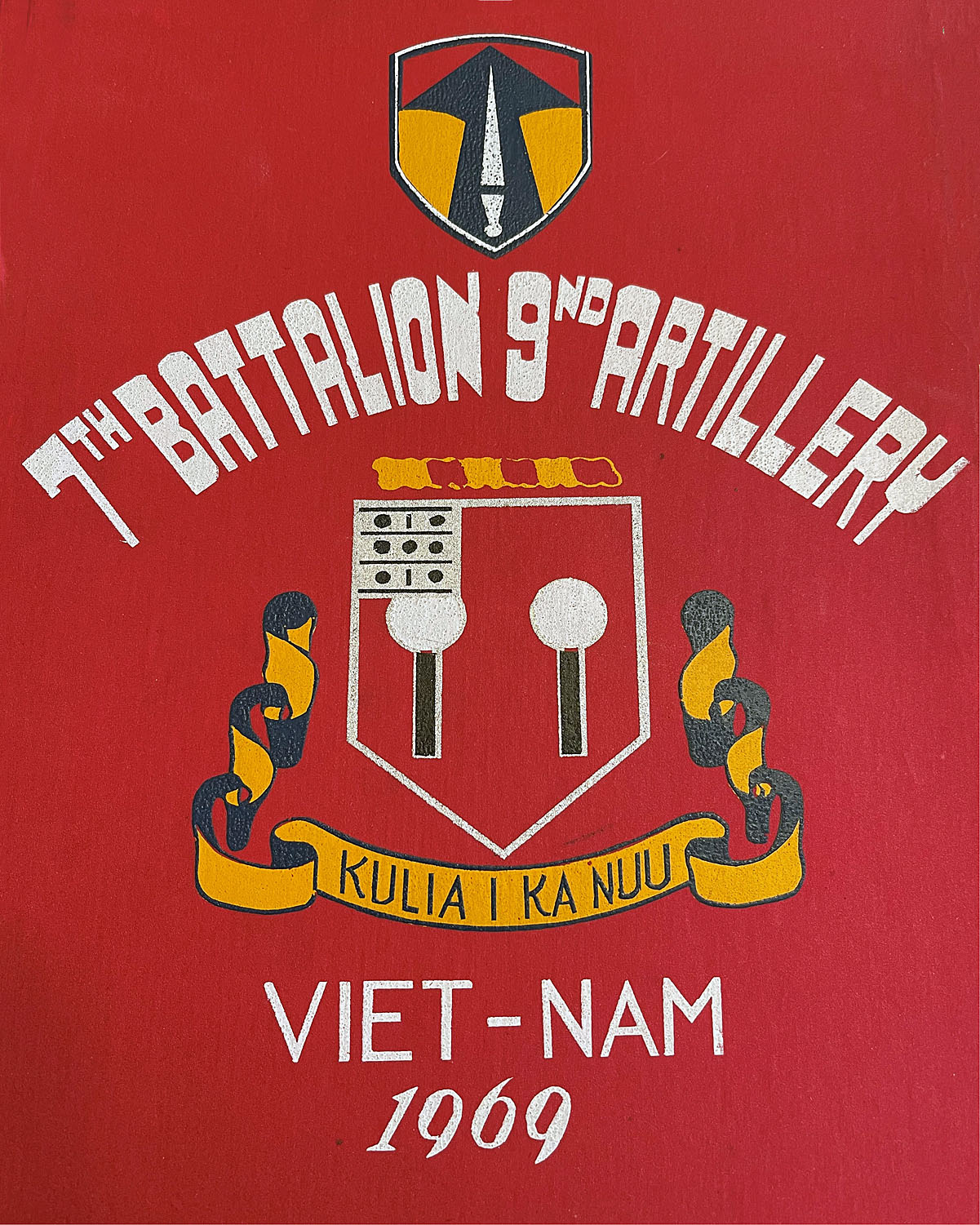
From Bearcat, Ray was assigned to the Long Binh Post, which was about twelve miles northeast of Saigon near the Dong Nai River. Long Binh was the largest supply post during the Vietnam War. It was also an ammunition depot for the military; Ray was given the assignment of Motor Sergeant, despite his MOS being in generators. Since Long Binh was so large, a Philippine owned electrical company was contracted to supply power to the base and there was no need for generator power.
As a Motor Sergeant, Ray was assigned to heavy transportation vehicles, including seven 5-ton trucks, seven deuce and a half trucks, and two 3/4 ton trucks. He would schedule and go out on convoys delivering 105 mm Howitzer ammunition and supplies to artillery bases in the area. The convoys were not escorted and were self-protected by their own personnel, so Ray carried a M14 rifle and a 45-caliber handgun for protecting himself and his convoy.
Ray prided himself in the maintenance of his equipment. He was responsible for ensuring that the trucks were well maintained, which included oil changes, tire replacement and especially brake maintenance as the trucks took a beating from the terrain during convoys. Ray “learned the ropes” to make sure that his trucks had the necessary parts and equipment to keep them on the road to deliver supplies and ammunition.
When not maintaining equipment or on convoys, Ray would stand guard at perimeter posts at Long Binh. He was given high powered rangefinding binoculars that could calculate coordinates up to five miles away. Helicopters that were on patrol would fly in the area around Long Binh with their lights on to draw enemy fire. When the helicopters were fired upon, Ray would detect the ground fire and report the coordinates to artillery bases who would then attack those coordinates. Ray explained that if only one perimeter base reported coordinates, it would be uncertain whether the target would be destroyed. “If two or more coordinates were relayed to the artillery bases, the enemy targets would certainly be destroyed.”
With three months to go in his tour in Vietnam, Ray was assigned to another supply base in the Tay Ninh Province near Cambodia. His duties again included transporting ammunition to artillery bases that were operating 155mm Howitzers in the area. Ray stated that the nearby Howitzers would fire all day and all night long. He chuckled as he stated that it did not take long for him to acclimatize to the constant artillery firing. While at Tay Ninh, his quarters were not as comfortable as they had been in Long Binh. Ray related that he stayed in shelters made of connected steel shipping containers and the quarters were quite tight.
During his thirteen months in Vietnam, Ray did not take any leave either in or out of country. Due to his duties, his only contact would be with his fellow GIs and the local “mama sans” who would be hired to wash their clothes and bedding, clean their quarters and polish boots. Mama sans were paid with small amounts of cash, boxes of Tide detergent and menthol cigarettes. Ray is sure they were traded in the local black market.
Ray described the weather as hot and dry in Vietnam, except during monsoon season when the humidity would soar and the rains would come down. He says Forrest Gump accurately described the rain when he said it would come in like “[L]ittle bitty stingin’ rain… and big ol’ fat rain. Rain that flew in sideways. And sometimes rain even seemed to come straight up from underneath. Shoot, it even rained at night…”
Ray departed Vietnam in October of 1969. Flying home took a more direct route, stopping shortly in Hawaii and then continuing to Oakland, where his journey to Vietnam had begun. Ray recalled how amazing it was to have toilets that flushed again. He and his fellow returning GIs just flushed and flushed the toilets in Oakland.
Being discharged in Oakland, at the weight of 135 pounds, he was given a fresh dress uniform and left for Chicago. Arriving at O’Hare airport, he was greeted by his mother, Pauline, his sister Helen, his wife, Christine, and Theresa, his first child who was only three and a half months old. It was the first time he was able to meet and hold Theresa. It was a truly emotional homecoming for all.
Back home, Ray returned to Saxon Paint Company as part of their management team until the company closed their doors. Ray continued to work in the retail management field until he retired after 50 years following his return from military service. He now volunteers with the Honor Guard Unit at Abraham Lincoln National Cemetery.
Ray and Christine raised two children, Theresa and Debra, and have five grandchildren and two great-grandchildren. They celebrated their 53rd wedding anniversary in August of this year. Now residing in Bourbonnais, Illinois, they enjoy each other’s companionship and occasionally embark on a cruise or two.
Thank you, U.S. Army Specialist 4th Class Ray P. Genis for your heroic service to our country. Enjoy your well-deserved Honor Flight with your fellow veterans!


